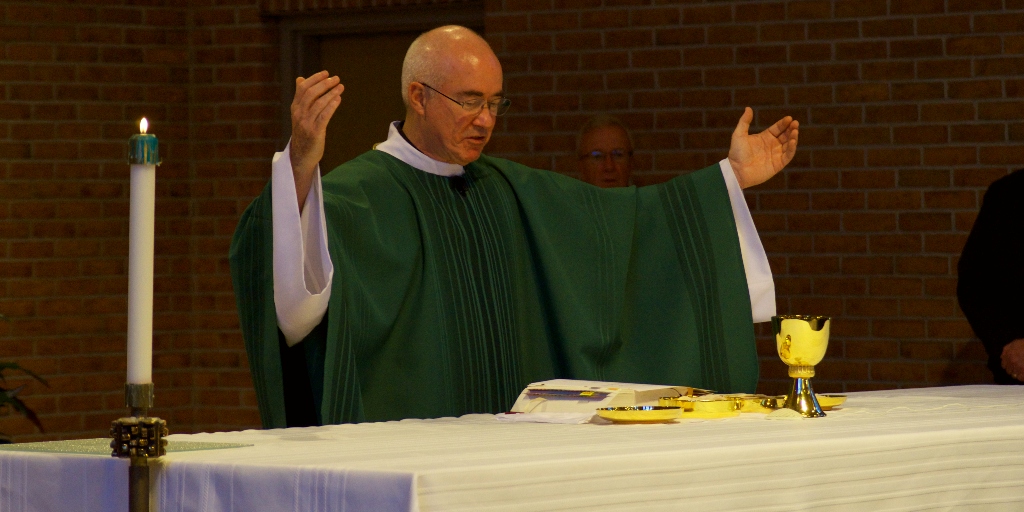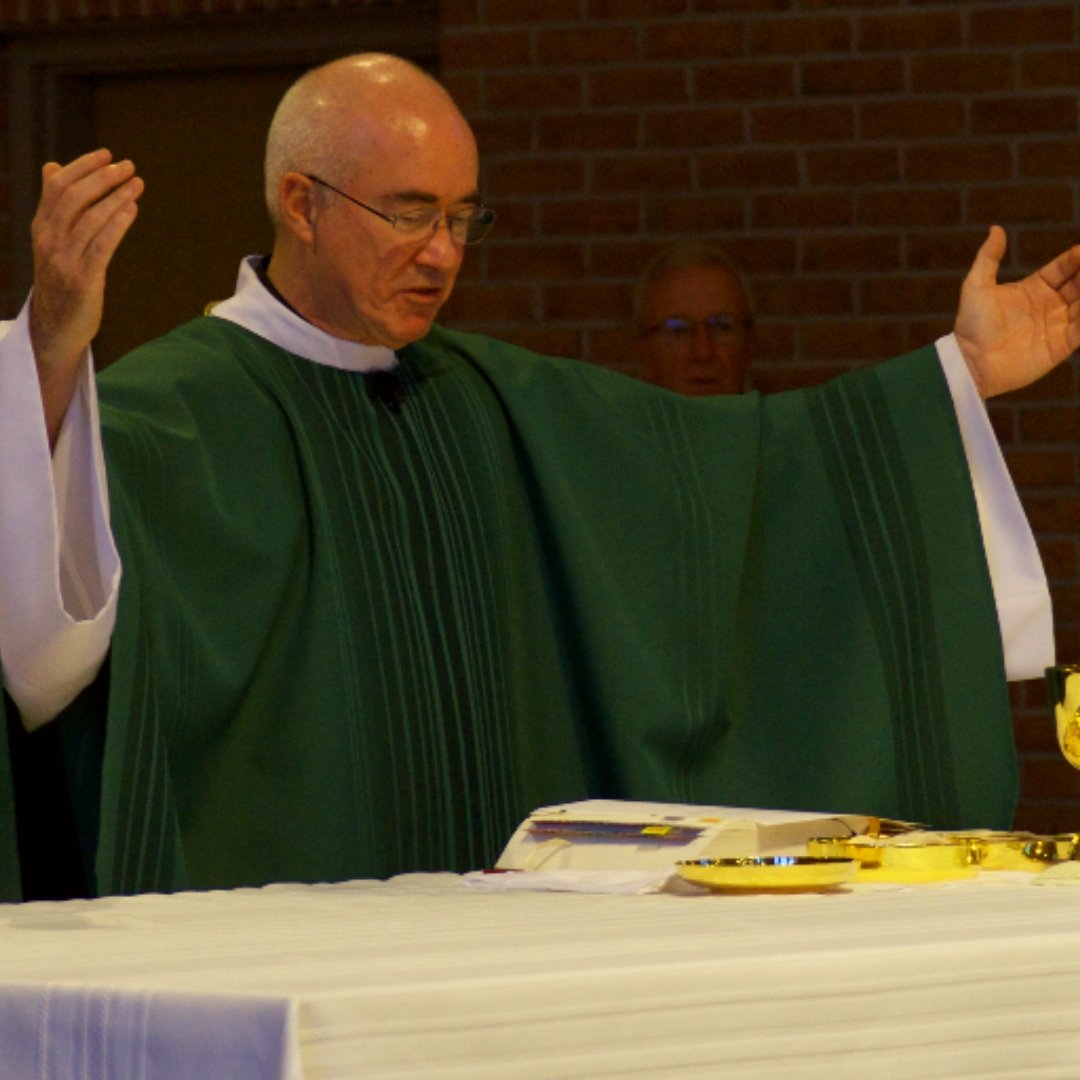
Kathryn Pasker Ineck muses about the ordinary-ness of Ordinary Time.
Ordinary Time. The name of our current liturgical season sounds so…boring. Routine. Ordinary. After the ecstatic celebration of Easter and Pentecost, Ordinary Time seems a little quiet. It wasn’t until I was an adult before I understood that Ordinary Time referred to the ordinal numbers, meaning the Sundays and days following, counted sequentially during the weeks outside Advent and Christmas, Lent and Easter. Ordinary Time offers weeks stretched out before us, neither particularly penitential nor celebratory.
Yawn.
But wait.
The USCCB tells us:
Ordinary Time is a time for growth and maturation, a time in which the mystery of Christ is called to penetrate ever more deeply into history until all things are finally caught up in Christ. The goal, toward which all of history is directed, is represented by the final Sunday in Ordinary Time, the Solemnity of Our Lord Jesus Christ, King of the Universe.
It is no accident that Ordinary Time is indicated by the color green, which is meant to represent both hope and growth. Hope in the arrival of the Christ Child at the Nativity. Hope in His later Resurrection at Easter. Hope in the arrival of the Holy Spirit at Pentecost. Hope in the forgiveness of our sins. Hope in a share of His eternal life at the end of our earthly lives. Hope, the assurance of things not seen. Hope, both a theological virtue and an act of will.

As an act of will, hope mobilizes us and inspires in us to grow toward holiness. Growth then, springs from hope. Just as our gardens develop from gray rainy days and tender green shoots to mature with bright sunshine into leafy flowering plants, our spiritual lives grow and mature during Ordinary Time as we follow and reflect on the life of Christ as it is proclaimed each day during the readings at Mass.
We witness again the development of the Christ Child into an adult as He calls forth and collects His followers, teaching them—and us—how to pray, how to treat each other, how to avoid temptation, how to love. Our faith is practiced and developed throughout these months of growth, and we find ourselves flowering and bearing fruit in the same way our gardens bear fruit.
But what, exactly, does that look like?

The work of Ordinary Time takes place largely during June through November, which in North America means summer and fall. These months are often marked by camping trips and vacations, barbeques and potlucks, school shopping and the beginning of yet another school year. Time spent with family and friends, new acquaintances and established community offer a time of casual bonding and a sharing of day-to-day life. The framework of our character is built on these daily experiences free of card-sending, gift-buying, home-decorating, holiday-baking and focus instead on simple—ordinary—life experiences.
This year, consider focusing on making this Ordinary Time intentional for yourself and your little corner of the world. Be intentional about the rituals that form the framework of your life, and perhaps even add new events that will develop your relationships. My sister-in-law and I plan to visit a different library and park each week during the summer as a fun way to get out of the house, build memories for our kids, and set a rhythm for our weeks. It’s not just a way to while away the hours of summer, but also a way to ensure that our children—whose ages can vary widely—grow together in their own little community.
Additionally, keep your eyes open! Pay attention as the trees mature from the bright green of spring buds to the deep green of late summer and finally to the many colors of autumn, remembering that our own nature is maturing toward the beginning of Advent. We are not made to be stagnant, but to grow ever closer to God. Especially during Ordinary Time.

Copyright 2022 Kathryn Pasker Ineck
Images: (top) copyright 2022 Holy Cross Family Ministries; all others Canva
About the Author

Kathryn Pasker Ineck
Married for more than two decades to her best friend, and mom of four teens, Kathryn finds that life is never boring. She pursues the heart of God--led by His gentle Mother--and relies on the Divine Mercy Chaplet, a desire for chocolate, and an insatiable thirst for reading into the wee hours of the morning. She writes to maintain her sanity at Kathryn Pasker Ineck.


.png?width=1806&height=731&name=CatholicMom_hcfm_logo1_pos_871c_2728c%20(002).png)
Comments